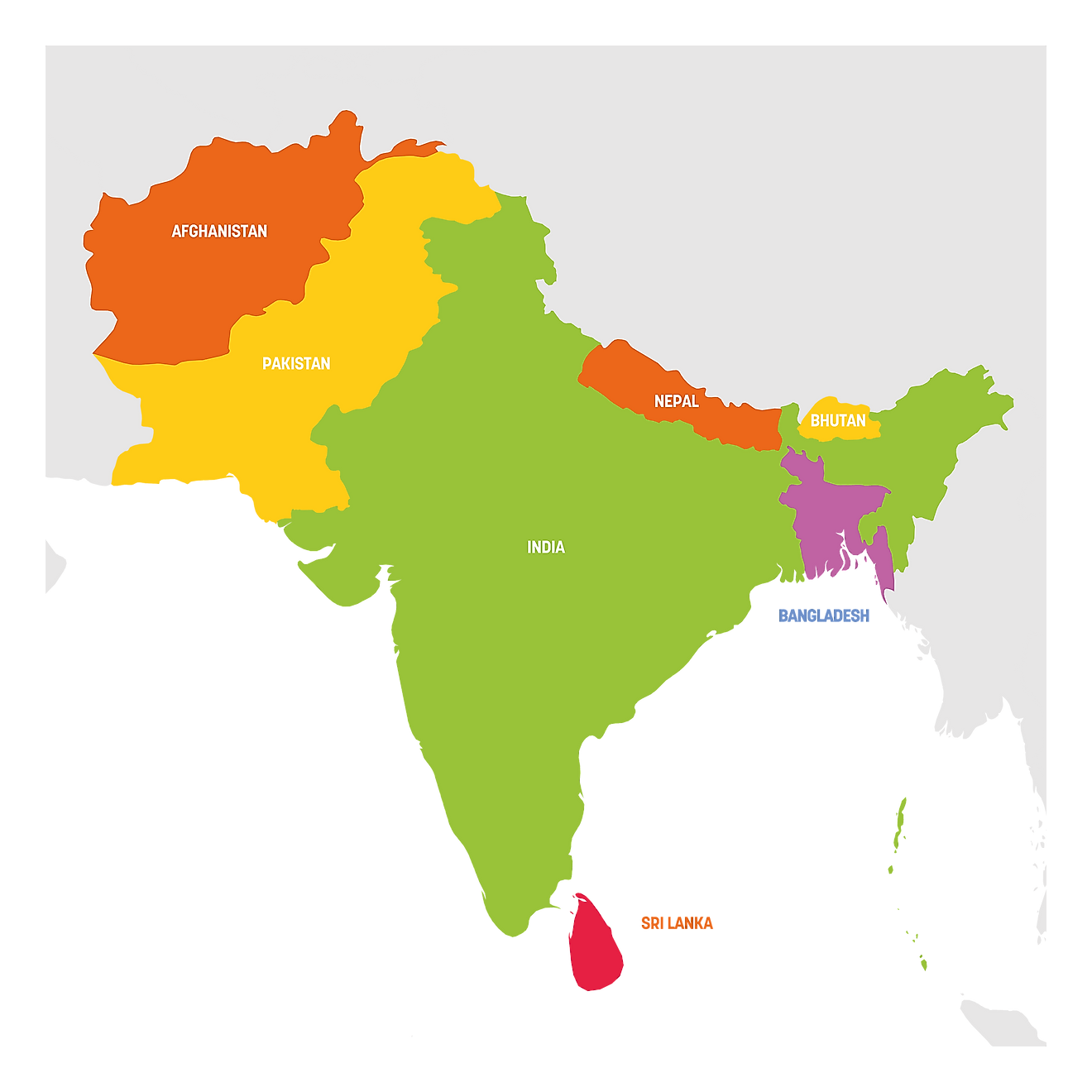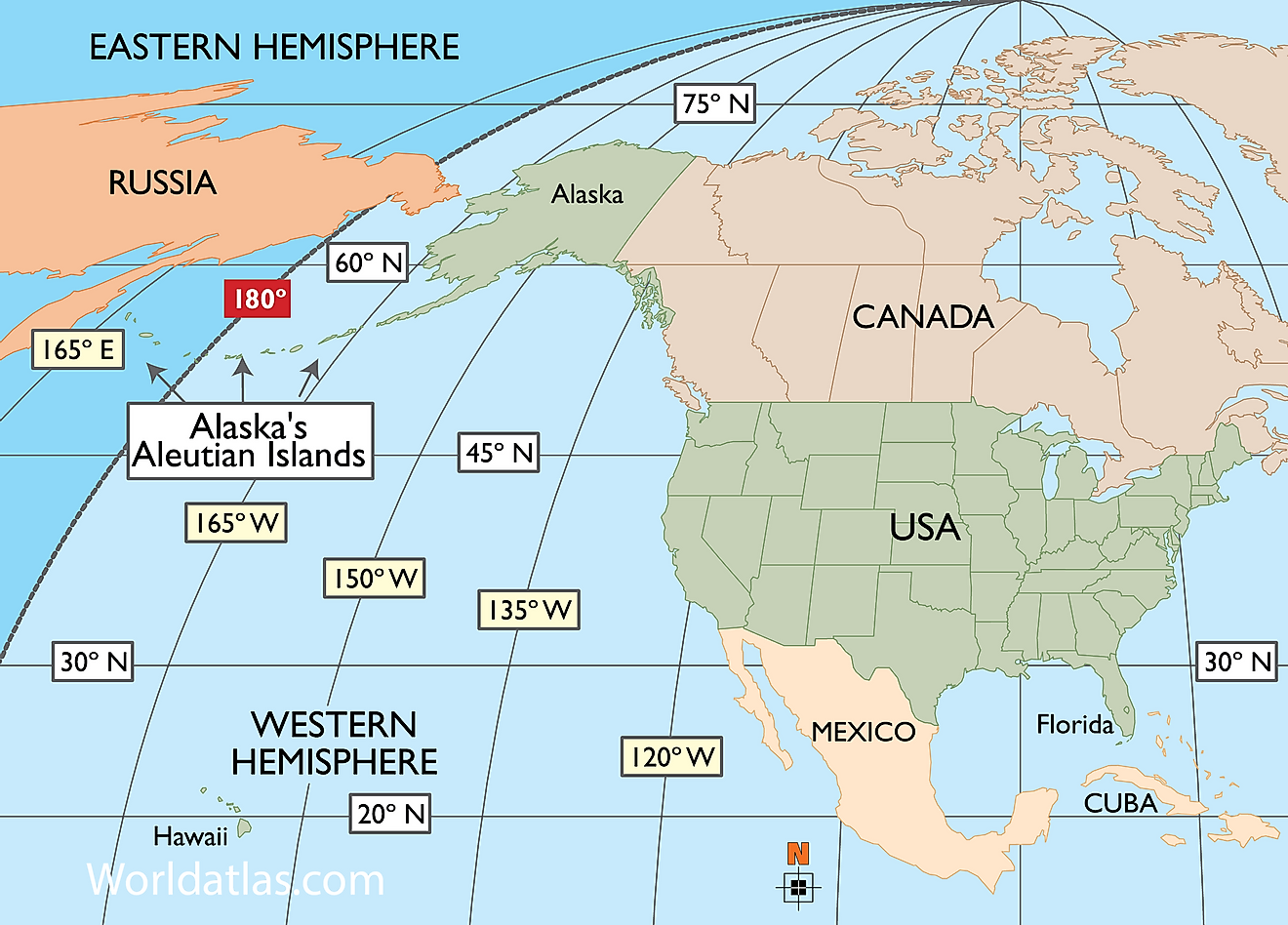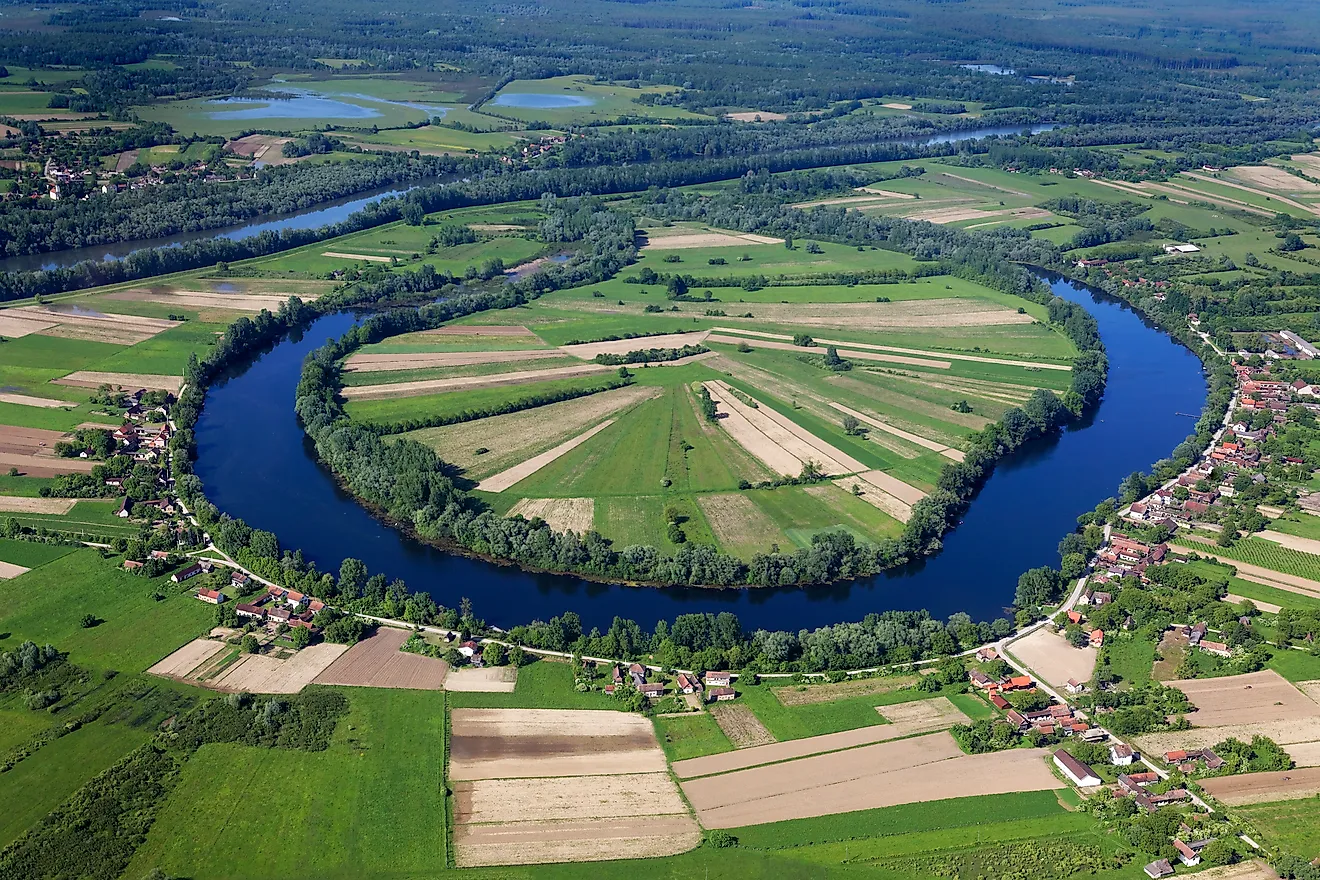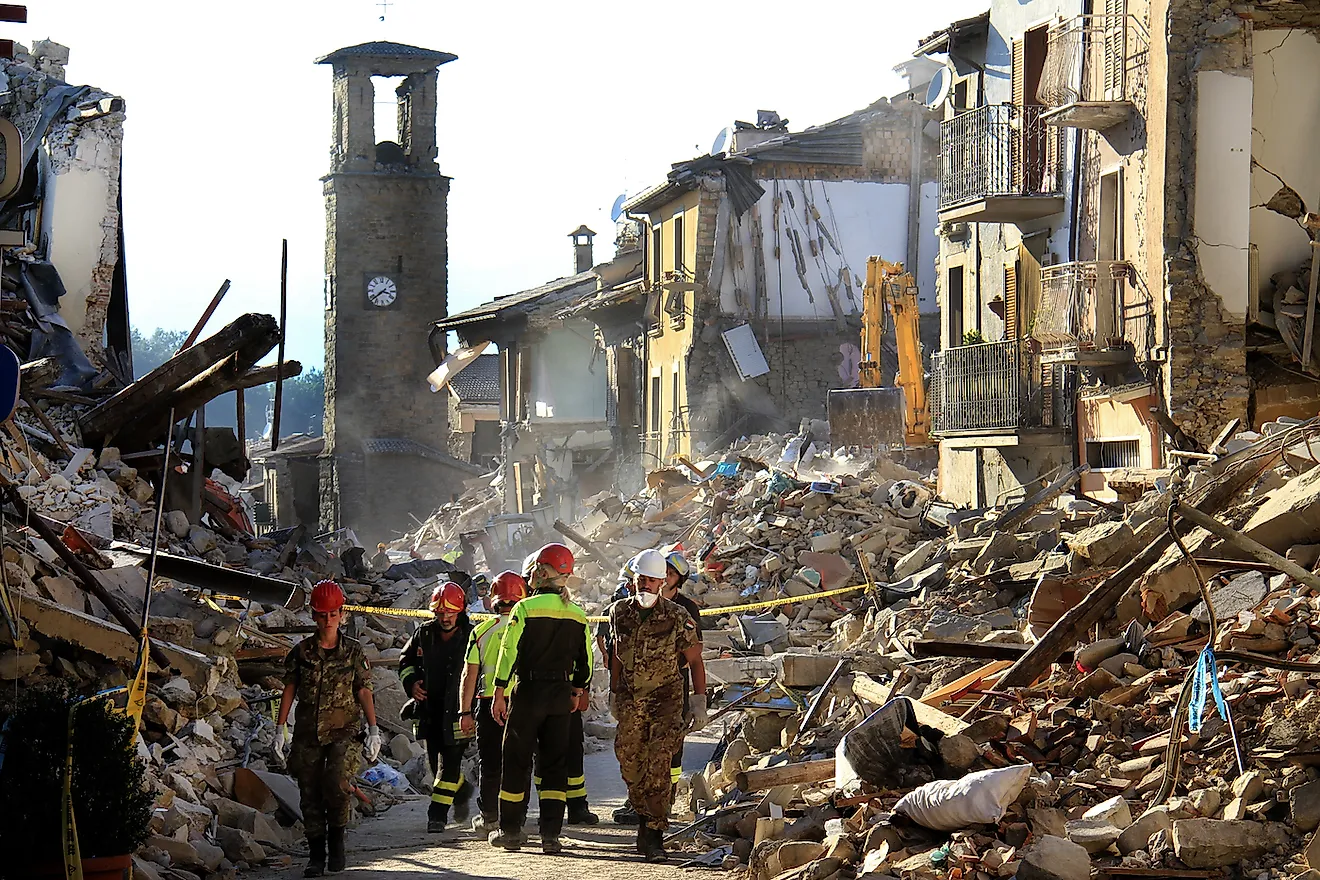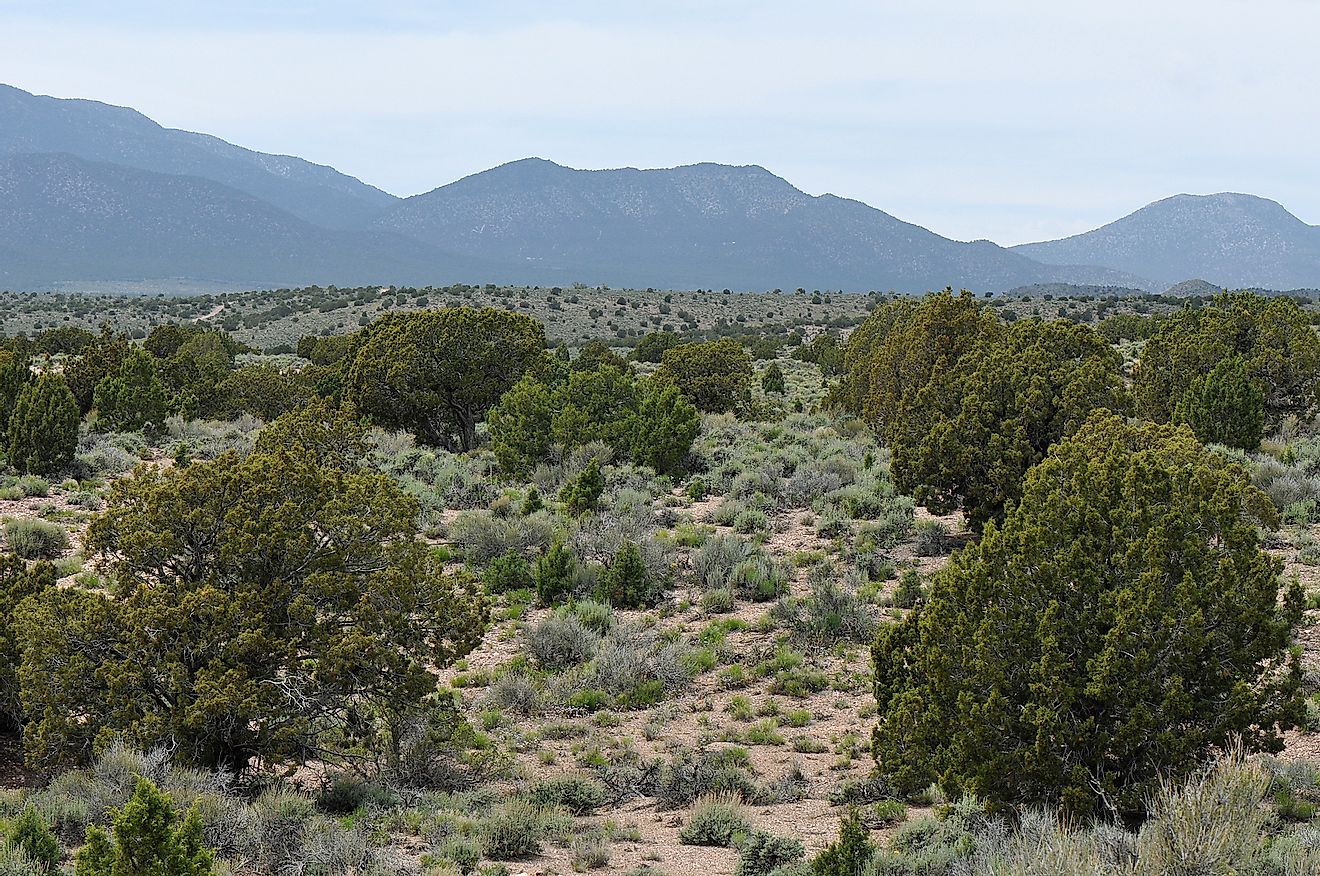What Is Karst Topography?
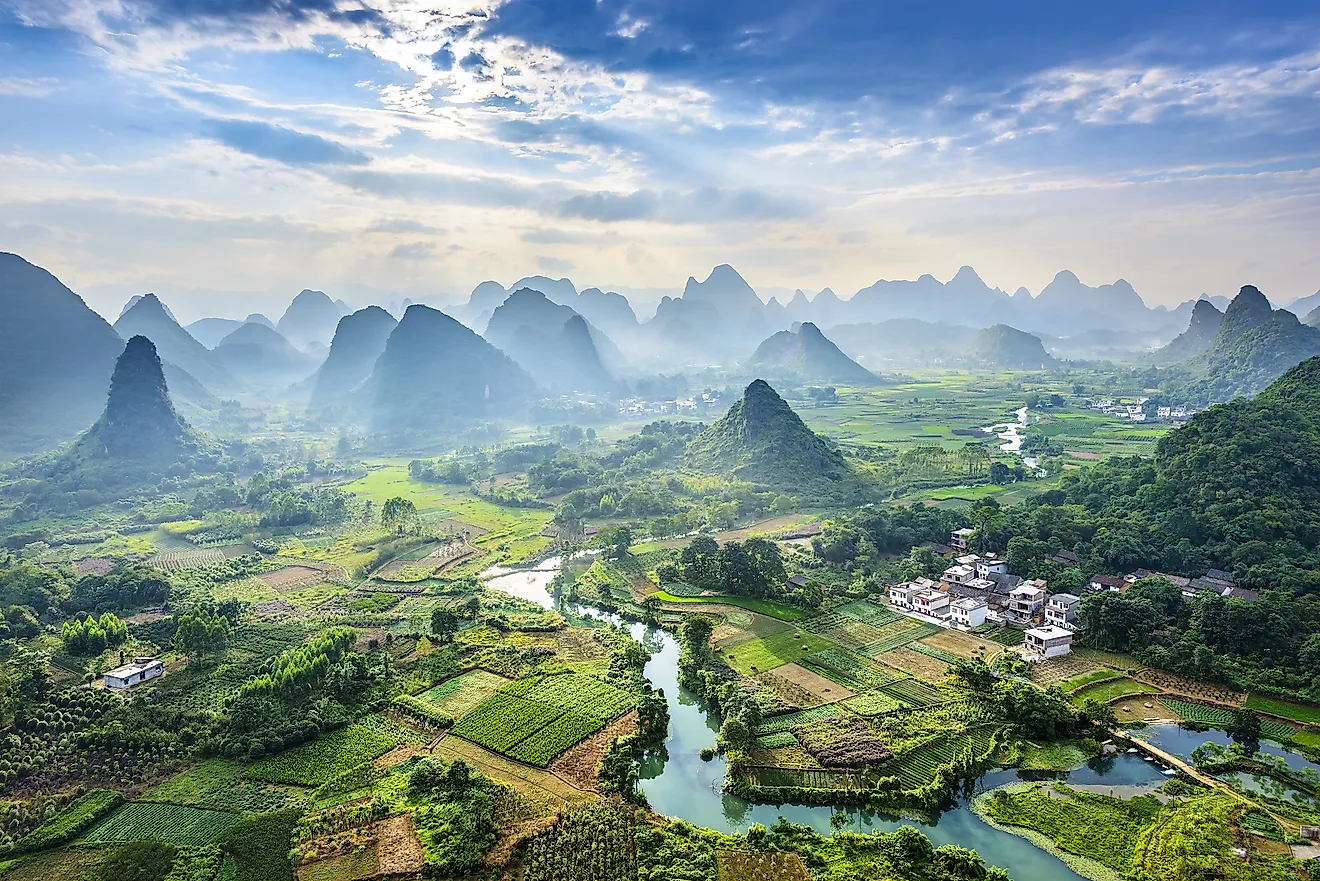
- The most grandiose Karst topographical features are fashioned by nature in the presence of dense limestone, abundant rainfall, and a moderate underground water system.
- A common feature in Karst Topography, are three-dimensional shapes, such as a monolithic limestone promontory, which is an erect protrusion out of lowland or a body of water.
- Discus macclintocki is a species of snails that survived the freezing temperatures during the Ice Age by flowing over buried Karst formations.
Karst topography refers to a type of subterranean limestone caverns landscape, as well the mysterious-looking formations like caves, surface sinkholes, and rocky, overhanging cliffs, as a result of a specific natural occurrence. Originally known as Kras, the term was first applied to an area abundant in limestone in Slovenia, northeast of the Gulf of Triste. The term Karst was adopted by all the regions in the world that share these topographical features. Derived from the Paleoeuropean word for stone, karra, and called carusardius in Latin, Karst topography, prevalent in the European lands, is attested as "grast" in Slovenia since 1177, and "kras" in Croatia since 1230.
Early Study
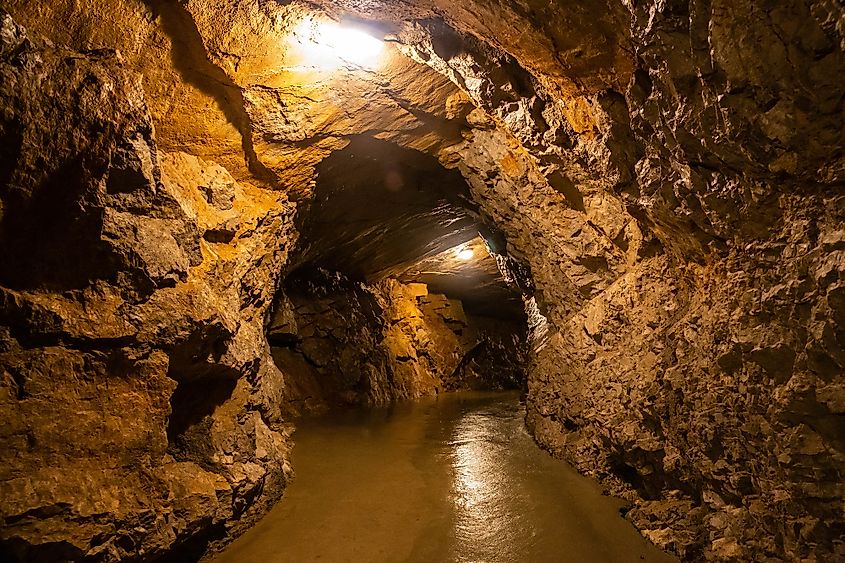
The origin of karst topography being carved by groundwater was based on the Dinaric Kras region and first described in literature by the Serbian geographer Jovan Cvijic in his publication "Das Karstphänomen" (1893). Discerning that aquifers were responsible for the dissolution of the limestone composition of the earth and creating dolines, which are the diagnostic karst landforms, the term "krast aquifers" gained popularity in referring to the evolution of this type of landscape around the world.
Upon further studying the eastern Adriatic and deeper inland into the Balkan Peninsula and eastern Serbia, Cvijic also linked the process of solution-based conduit, made of acid water and limestone, which creates networks of underground caverns of all sizes.
Common Features
Most caves are formed when a rather narrow range of physio-geographic conditions have been met, and, therefore, when one discovers a cave, they can almost be certain that they are in one of the karst areas of the world. They will also find themselves in the presence of other common physical characteristics of such areas, including lapiés, natural bridges, and pepino hills.
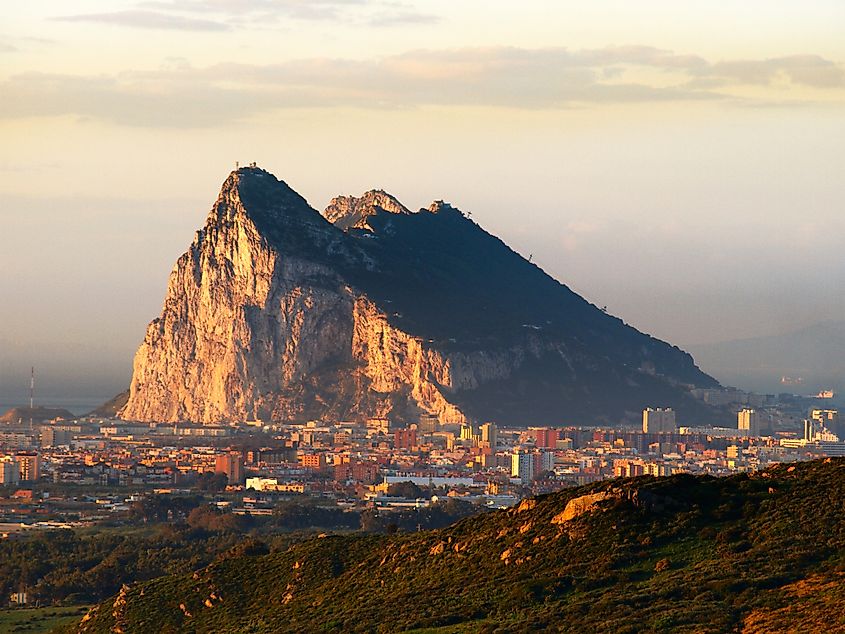
Another common feature in Karst topography, are three-dimensional shapes, such as a monolithic limestone promontory, an erect protrusion out of lowland or a body of water. The Rock of Gibraltar on the Iberian Peninsula near the South-western tip of Europe, for example, was formed by resisting the erosive forces that removed the softer edges of the surrounding land.
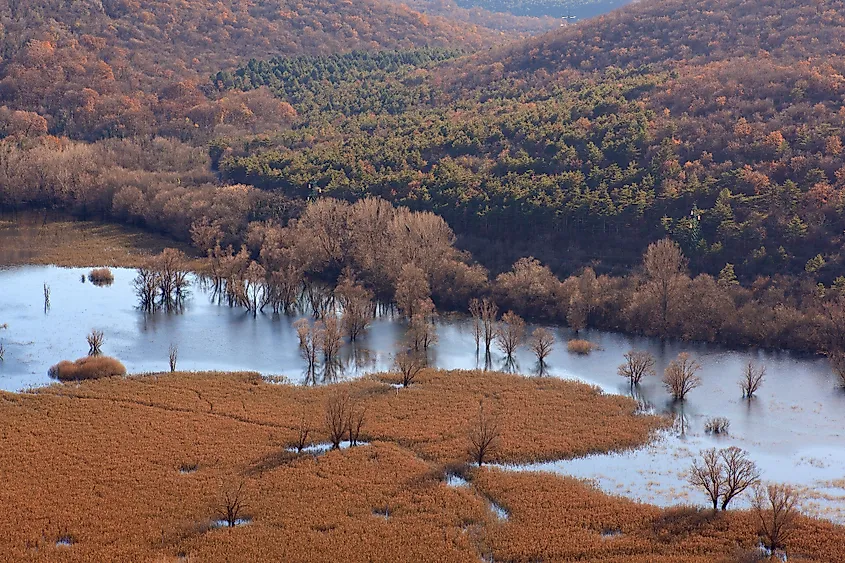
Underground streams, called karst fensters when they spring through the many crevices in the rocks of karst topography, cascade or flow some feet down to delve back into the ground through sinkholes. One can take in such delight in Lycoming County, in Pennsylvania. Karst springs give birth to karst rivers, such as the Loue River in the Loue River Valley of France, which is also known as the Doubs river that flows underground and resurfaces only in Ouans commune in the eastern part of the country. Karst lakes, usually without surface inlets or outlets, such as the Doberdo' del Lago in Italy, are also commonly created through a springing water outlet into a depression.
How Karst Forms
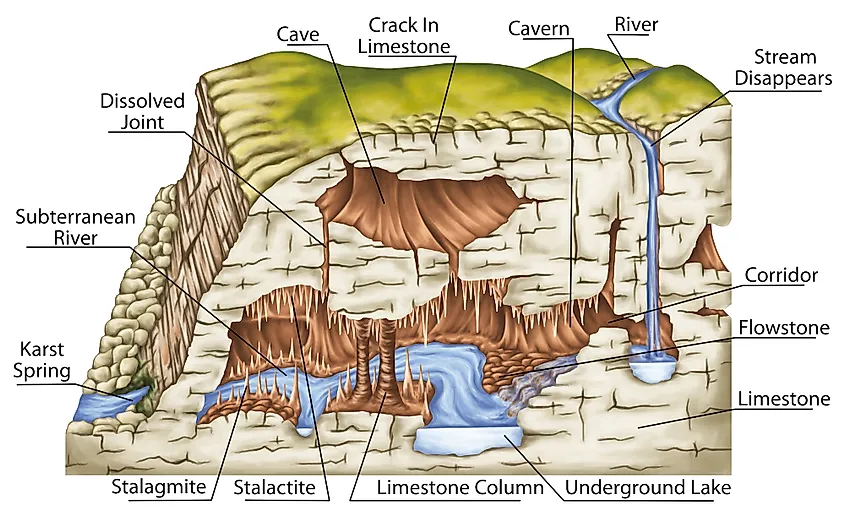
In general, the features of Karst Topography are the effects of the underground water that excavates the soluble limestone composition of the Earth's surface. All types of Karst topography, from simple crevices to projecting bluffs and hollow caves, require three main components in their creation.
The most grandiose Karst topographical features are fashioned by nature in the presence of dense calcium carbonate, more commonly known as limestone. Heavy rainfall and moderate groundwater circulation are the other two components. The process, although both, chemical and physical, in nature, is simply explained for anyone to understand, below.
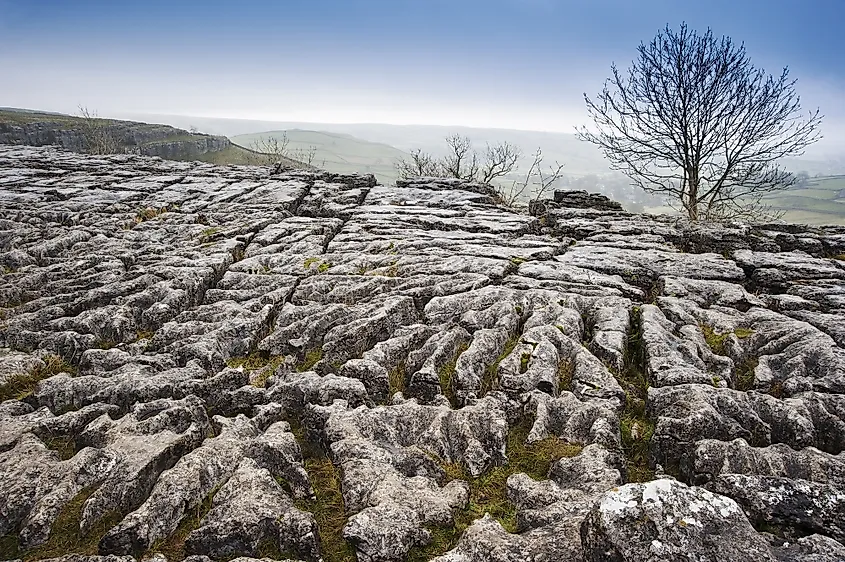
Acid, present in the rain water (from air pollution), seeps through the ground cracks, potently dissolving and carrying away limestone as it wears out the rock on the outside, as well as hollows it out from the inside. Limestone pavements are formed where the surface layer has been completely carried away with the solution, while fissures in the ground gradually widen and become deeper.
Resulting is a barren land with jagged terrain and chance caves, all of which allows for more water to seep in. A karst river, such as Ljubljanica in Slovenia, disappearing underground and resurfacing in numerous places under other names, leads to the formation of underground cave systems or underground stream channels. Some of them can be spied on from the surface through narrow vertical shafts into the earth.
Where Karst Can Be Found?
Karst is not specific to a certain geographic area on Earth, but scattered throughout, to be found on all continents but Antarctica, in over 60 countries of the world. Some examples are Europe's gorged plateaus of south-western France, called the Causses, including the "Ares de l'Anie" in the Barétous valley, the Burren karst hills on the west coast of Ireland, and China's Kwangsi area or the Guangxi state that borders Vietnam, featuring variations in heights from 1,500 to 3,000 feet.
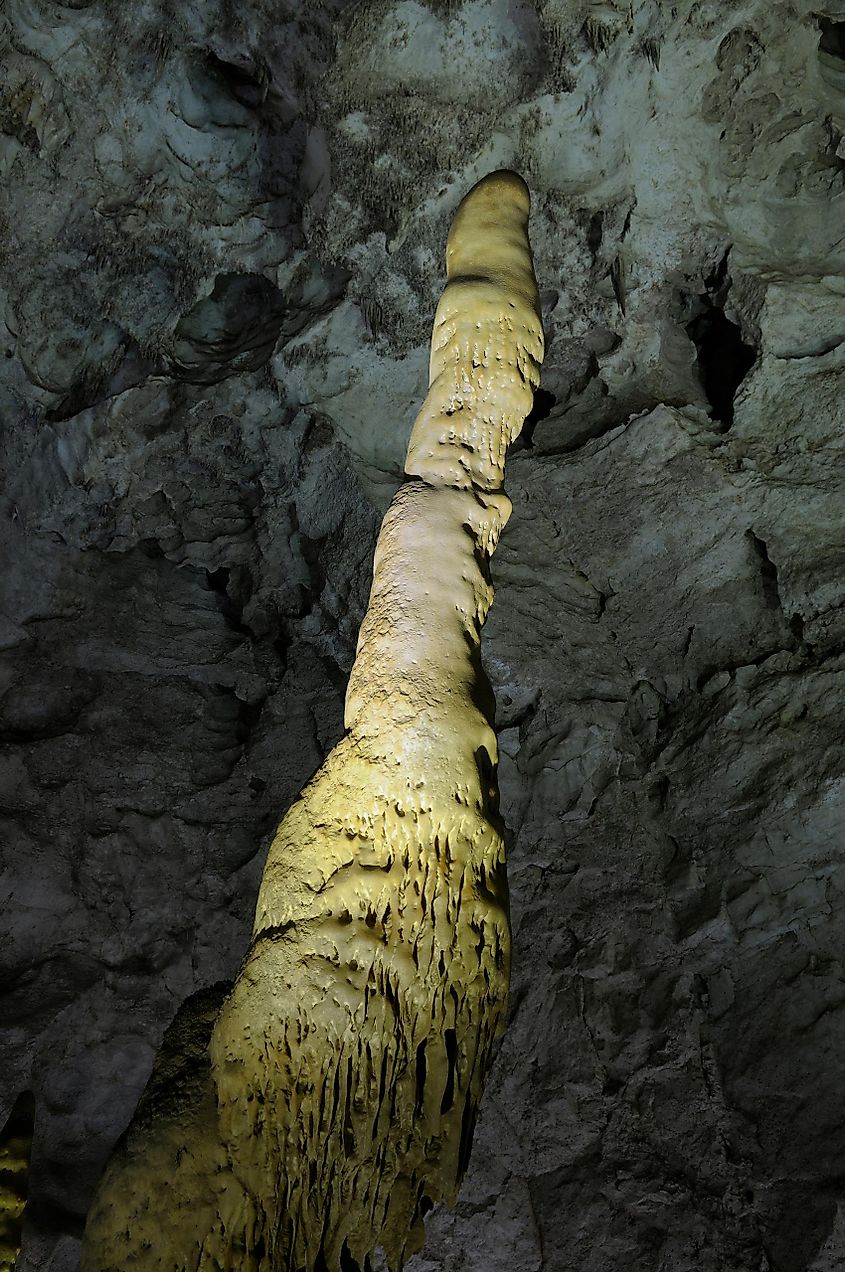
The Witch's Finger stalagmite, created from calcium carbonate deposits and other dissolved minerals, is be found in Carlsbad Caverns, also created through Karst. It is also featured on the 200 by 700 miles Yucatan Peninsula, the area between the Gulf of Mexico and the Caribbean Sea that includes the Mexican states of Cempeche, Quintana Roo, Yukatan, as well as parts of Belize and Guatemala. Predominated by beds of coralline and porous limestone rocks, the peninsula sits higher on its southern side and descends towards the north, full of bluffs and indented bays. Other areas of the world which are defined by their Karst topographical features are located in the United States, including the Middle West, as well as the states of Kentucky and Florida.
Effects On Human Life
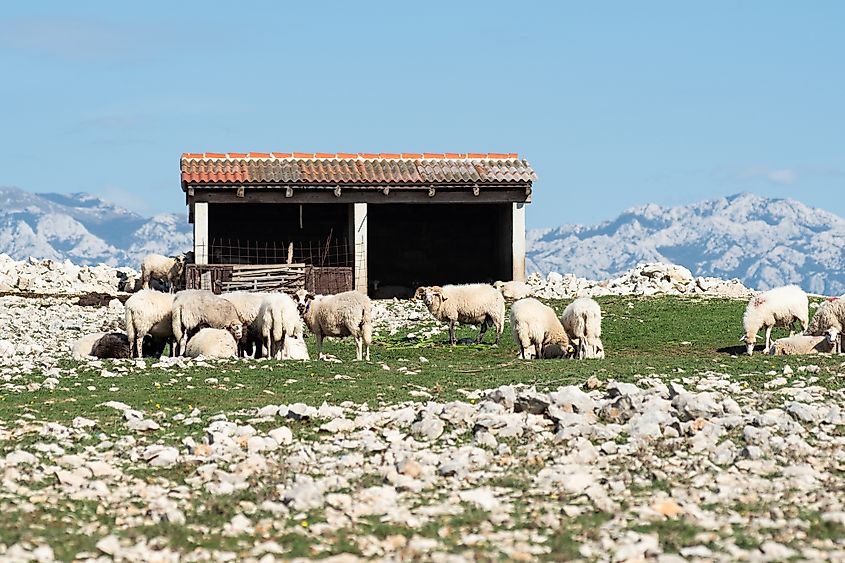
Although there are a few ways in which Karst Topography is useful to humans aside from creating marvellous landscapes and other natural wonders, it often poses an impediment to human activities, such as farming. In Karst regions where limestone is predominant, the soils are unable to hold on to water, even being fertile and receiving abundant rainfall. Farmers in karst areas must also take into account the lack of surface water. As the water seeps through the cracks at a faster rate than in other areas, the surface is often left parched for long periods of time, deeming the ground inadequate for producing many types of crops.
Nevertheless, there are many crops that do not require a lot of water, including sweet potato, artichokes, types of squashes, watermelons, cantaloupes, and some cucumbers, as well as chickpeas, black-eyed peas, and lima beans. Other farmers utilize what they have by growing the miniature versions, such as of eggplants or the baby bell peppers. Although cattle are free to roam in the vast spaces of such topography, the pastures become depleted of grasses rather quickly through the feeding.
Water in wells, generally deemed suitable for drinking since it gets filtered through a natural porous aquifer, as well as enriched with minerals from underground sources, may be unsafe in Karst Topography settings. There, the water often bypasses the filtration and emerges from sinkholes in a cattle pasture, or even near garbage damps, to run contaminated directly through a cave and into the well.
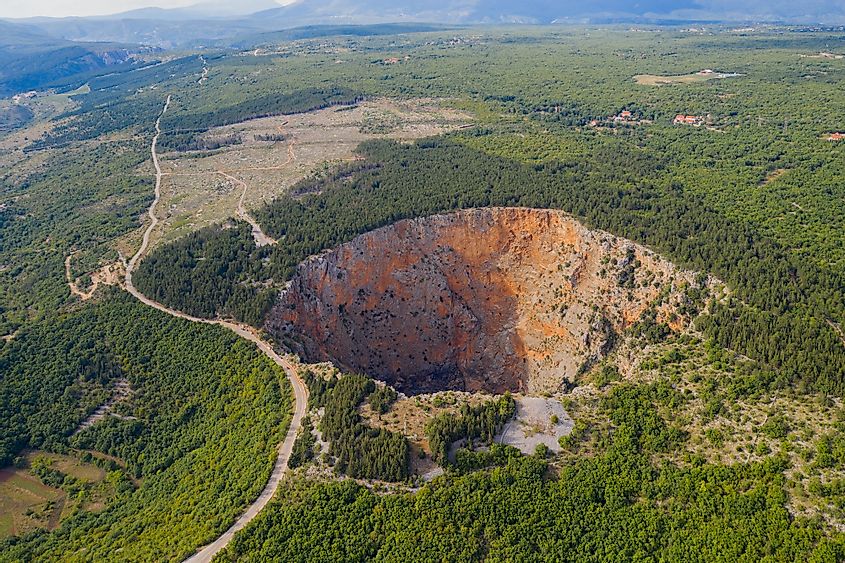
The dynamic characteristic of karst topography poses more challenges to humans, in forms of sinkholes that enlarge to swallow up vehicles, cattle, machinery, and even entire buildings. Exploration of the caves becomes dangerous, as they may collapse at any given moment. Cracks in the ground, also present challenges for driving on this type of terrain, while the unstable composition of the earth makes it vulnerable to landslides.
Karst Ecosystem
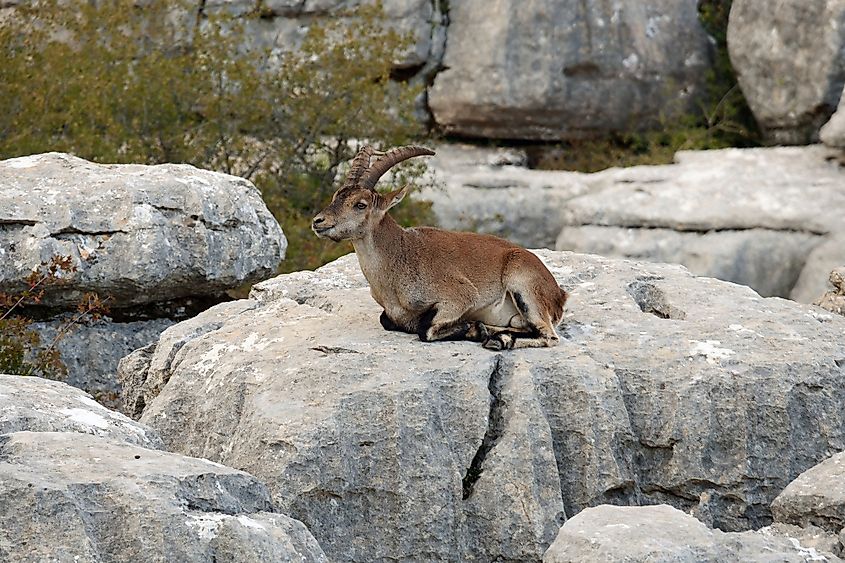
Although trees are sparser here, a large variety of low-growing plants can grow in Karst ecosystems, having adopted highly developed root systems. By entering the cracks and anchoring themselves to the ground, they absorb water according to their needs.
Karst ecosystems present suitable living conditions for animals such rabbits, foxes, reptiles and other invertebrates, bats, and wild boars that survive in all types of moderate climate and need rather a small spectrum of vegetation. Many utilize the caves, caverns and other crevices in the ground for shelter, and do not find the cracks in the ground as obstacles for their roaming needs.
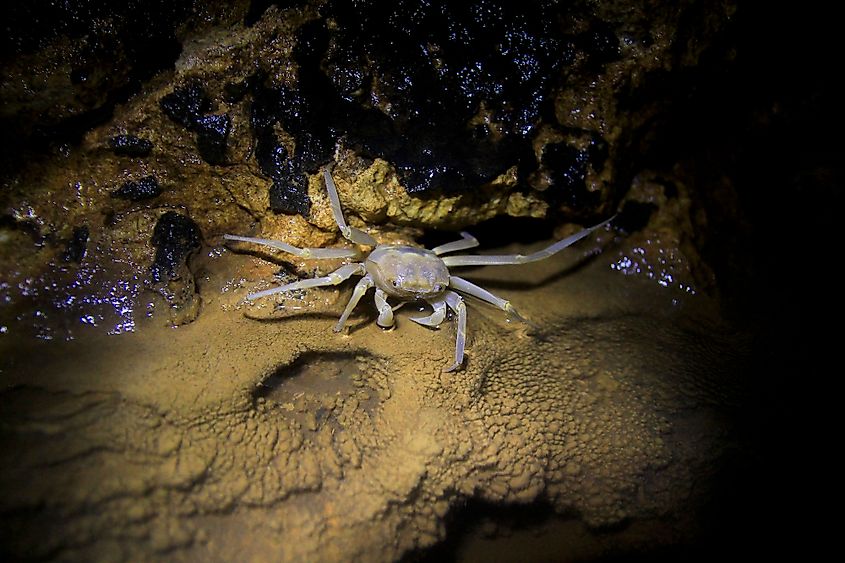
Similar to regular lakes and rivers, the waters can be abundant in seaweed and fish. In Iowa, the Driftless Area National Wildlife Refuge protects Discus macclintocki, a species of snails having beaten the odds and survived the freezing temperatures during the Ice Age by flowing over buried Karst formations, but which are greatly diminishing in numbers today.







